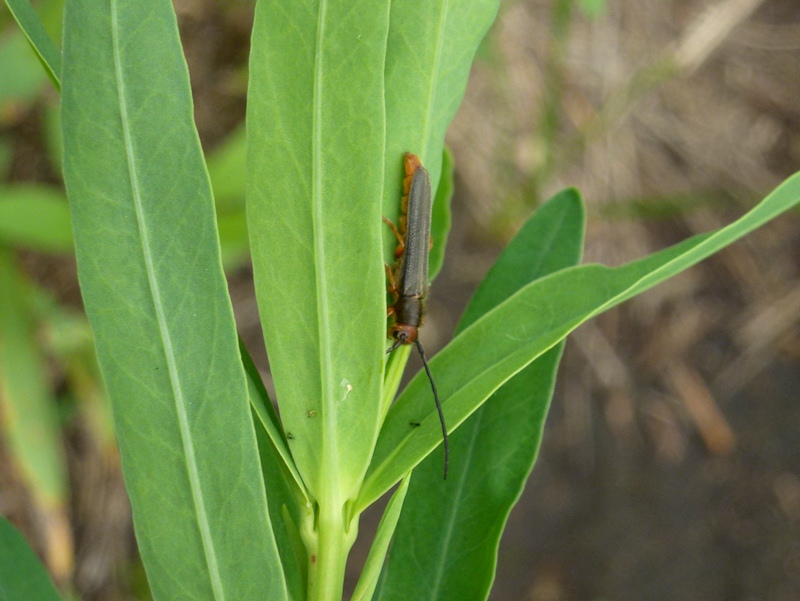
Should the organism be recommended, an environmental assessment is drafted by APHIS and reviewed by the US Fish & Wildlife Service (potential impact(s) on T&E species), Native American Tribes, and comments by the general public. For release into the environment, a biological assessment addressing the host specificity and potential impact of the agent is submitted to the Technical Advisory Group on the Biological Control of Weeds, which provides a recommendation to APHIS as the whether or not an organism should be released. A 526 permit is also required to release an organism from containment. Often additional studies on their biology or interactions with their hosts are required.
#Increase in gall fly biocontrol agents how to#
Since many of these biocontrol agents are screened overseas there may be a knowledge gap as to how to effectively handle them.

Augmentation is often required to increase populations for field release. pathogens, parasites or closely related, cryptic species, with the biocontrol agent.

Rearing is required to reduce the risk of introducing other organisms, e.g. Currently field collected biological control agents cannot be released directly into the environment from a foreign source. Penalties may be imposed by APHIS should unauthorized actions occur. APHIS or the State of Montana reserves the right to inspect the facility to insure these conditions are being followed. These often have attached conditions which must be met by either the applicant or the containment facility. Organisms received from overseas sources or through interstate shipment are required to have a PPQ-526 permit issued by APHIS. Equipment and greenhouses will be kept operational and supplies made available to facilitate research and rearing of biological control agents and other organisms. Protocols have also been developed and implemented for all personnel utilizing the containment lab to insure proper and maintenance of security. These includes: double door entry vestibules, impact resistant plastic greenhouse shell, waste water sanitizers, pass through autoclaves, dedicated air handling system that filters the air and maintains the lab at a negative air pressure, and foamed and/or caulked electrical fixtures. To contain the organisms, a number of specialized features were incorporated into the design of the building. This laboratory will be maintained and kept secure in accordance to USDA-APHIS guidelines for high security containment facilities.

Containment of arthropods, and plant pathogens involves everything from the structure of the building to the work habits of individual employees. in which organisms of foreign origin can be safely studied, screened and released for biocontrol. Project Methods The Biological Control Containment Laboratory at MSU is one of a few quarantine facilities in the U.S.


 0 kommentar(er)
0 kommentar(er)
